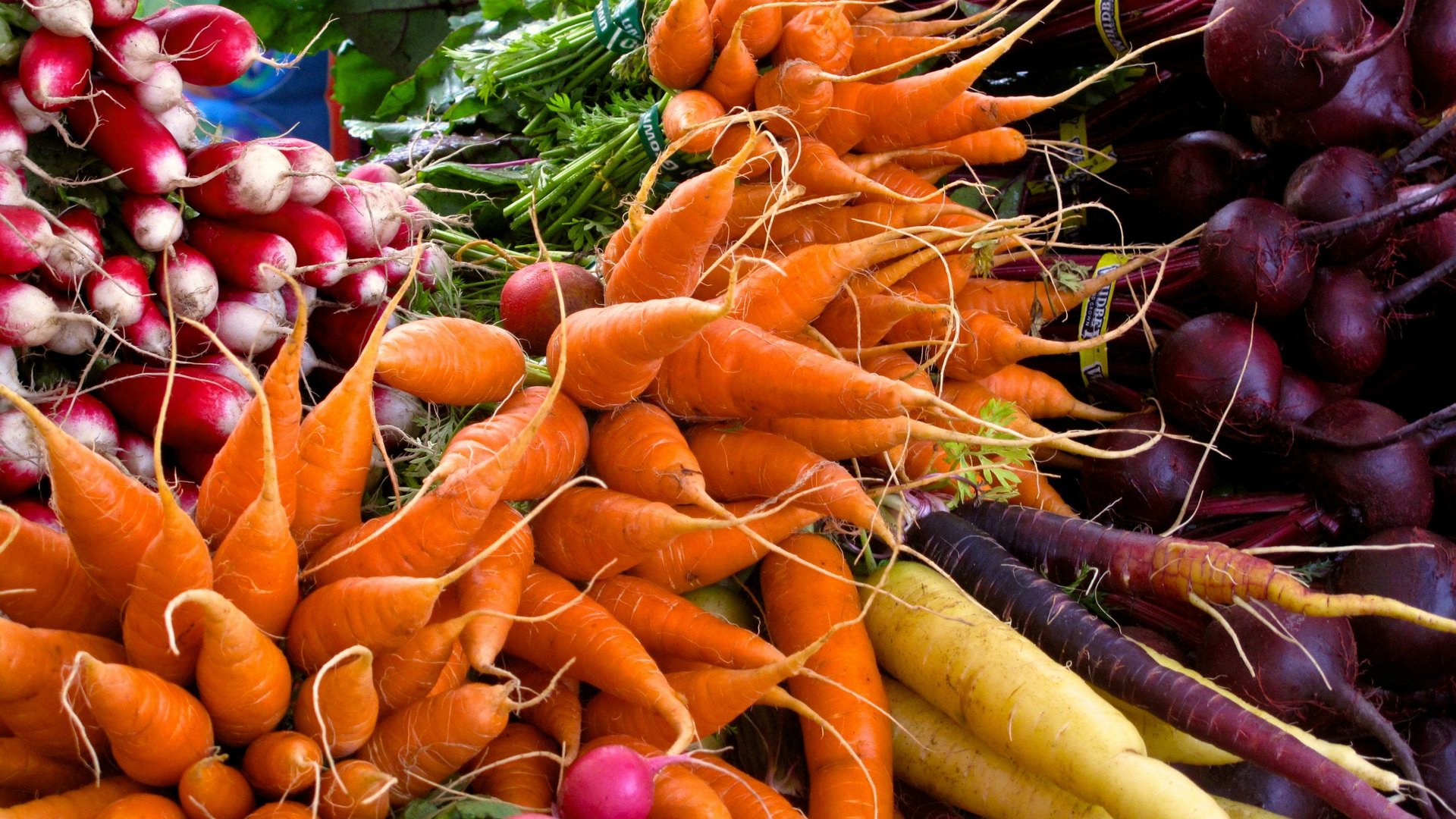The engineers of the world must unite to solve the crisis of the carrot
DAVOS, Switzerland—My business is technology, but I’d like to talk about carrots.


DAVOS, Switzerland—My business is technology, but I’d like to talk about carrots.
Consider the carrot. It is a hardy root vegetable, and when the temperature, humidity, and oxygen levels are right, carrots can last for months and months and months.
The problem is that they usually don’t. After being picked, and while being transported, carrots move from hot to cold, high elevations to low, sea to shining sea. The carrot breaks down within weeks, and it is rendered uneatable even before it reaches consumers.
The World Economic Forum identified the food crisis—when access to food and nutrition become inadequate or unreliable—as one of the top global crises. Part of the solution is reducing food waste rests in a globally integrated food chain. We are more connected than we have ever been, but the physical realities of how food travels is hard on food. Even within the US, a typical carrot travels 1,600 miles from California to Iowa. Time waits for no carrot.
According to a report from the Institution of Mechanical Engineers, the world produces 4 billion metric tons of food, but approximately 1.2 to 2 billion tons are thrown out. That’s up to 50% of food, thrown away.
As a technologist, and as an engineer, the inefficiency of this is frustrating. That 50% of wasted food is a glaring failure. How can we solve non-issues like optimizing the time taken for a cab to arrive at your home, but not time taken for food to reach your plate? We’re trying at my company, using products and processes that have been generally talked about in terms of convenience.
One of our projects uses machine-to-machine (M2M) connectivity—the same technology that allows high-tech homes to turn lights off automatically when you leave—to monitor perishable food until its final destination, tracking its condition along the way in standard refrigerated trucks. If temperature, humidity or oxygen levels are not correct, the system automatically adjusts, reducing the proportion of spoiled carrots. If something goes wrong, it’s easier to find out why.
This project is in its beginning stages now. It’s very far from solving world hunger, or even the political and economic challenges of the food crises—but if we can preserve the carrot for a couple more months—well, that’s a start, isn’t it?